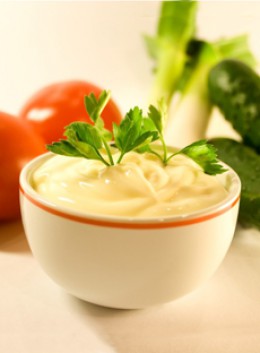 |
| Big Ben |
Big Ben stands for the building itself as well as the clock and the bell. Although Barry was the chief architect of the Palace, he turned to Augustus Pugin for the design of the Clock Tower. The idea was to create the clock that would be the most loud one when the bell rings and the most precise.
The Tower itself was built in 1858 while the clock started on May 31, 1859. Inside the tower, a huge bell was installed, 2 meters high, 3 meters in diameter and about 13 tons in weigh. The tower itself was 96.3 meters. The Tower's clock faces all the four directions. Each of them is 7 meters in diameter and they are made from opal. The dials bear an inscription in Latin which means "O Lord, keep safe our Queen Victoria the First". The hands of the clock are made of iron and copper.
 |
| Clock Tower and Big Ben |
The name of the Tower is a subject to many stories. One of them refers to Sir Benjamin Hall who oversaw the installation of the Bell and who was so tall that they nicknamed him Big Ben.
During its history, Big Ben has become the symbol of the best days of the country and also one of the symbols of Great Britain.







